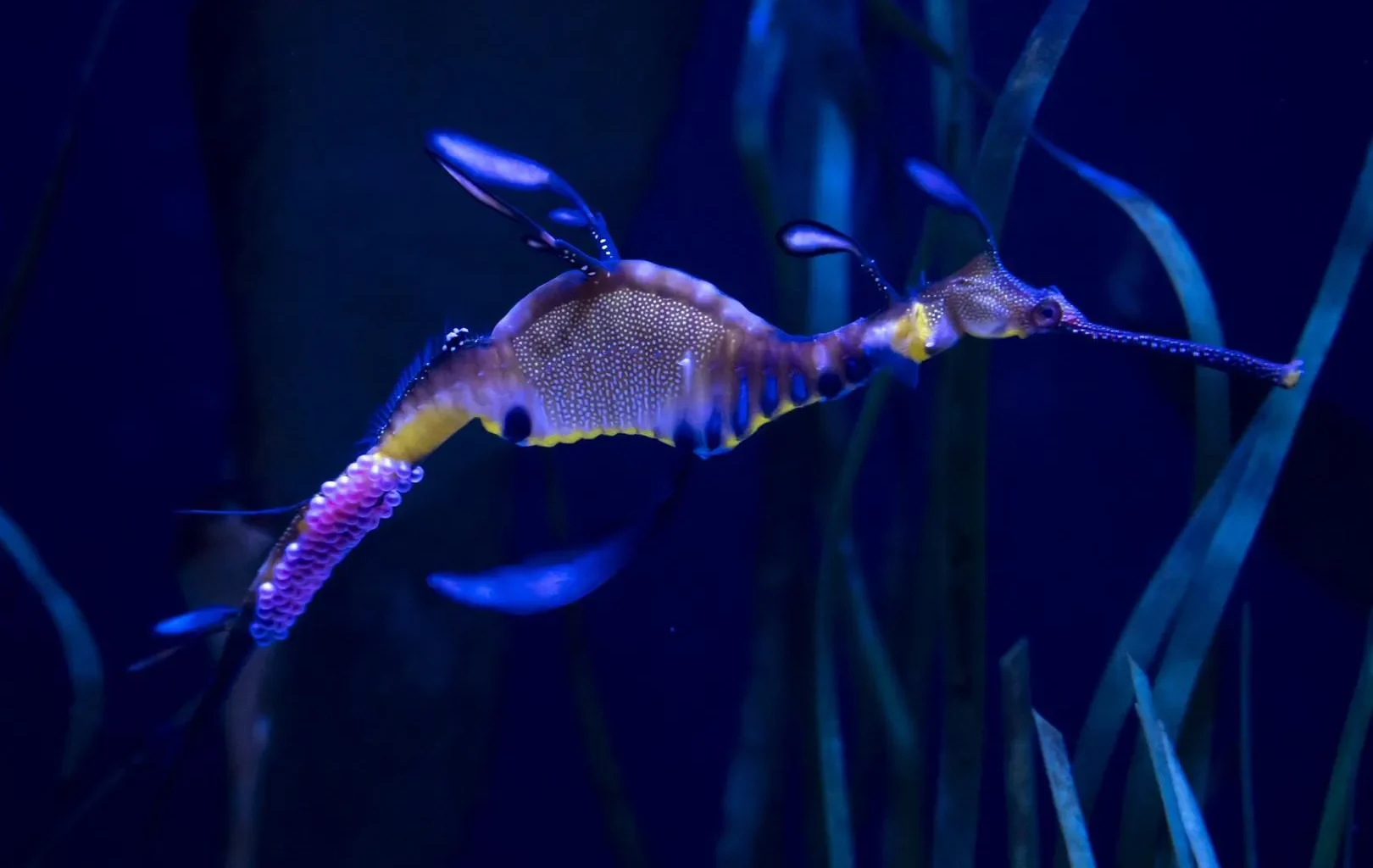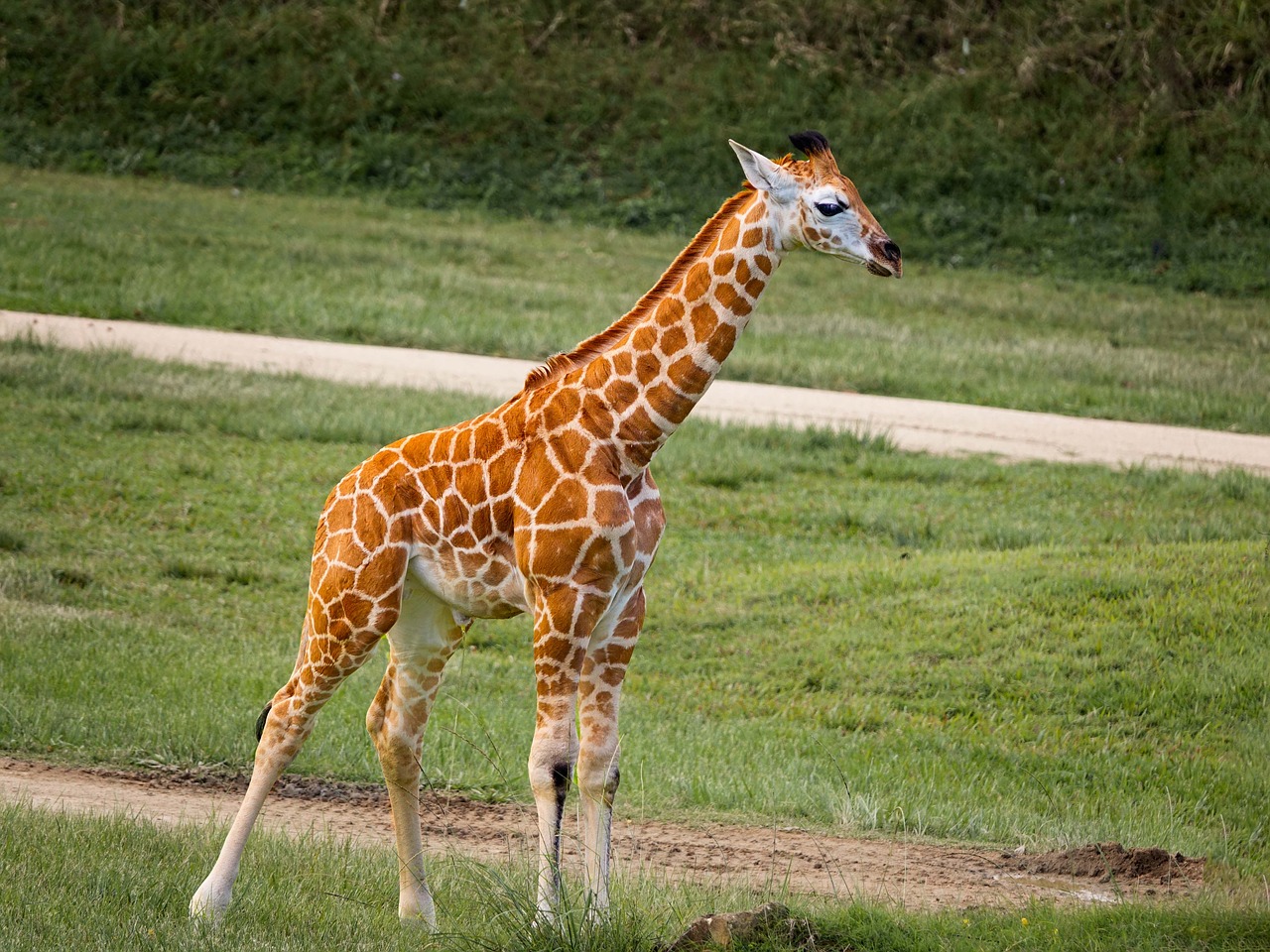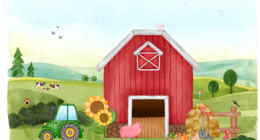By 1808Delaware
In a groundbreaking achievement, the Columbus Zoo and Aquarium has successfully welcomed 26 weedy seadragons into the world, solidifying its place among only a handful of North American zoos and aquariums to accomplish such a feat. This milestone comes just over a year after the arrival of these delicate creatures in the Zoo’s Australia and the Islands region.
A Unique Parenting Role
In the world of weedy seadragons, it’s the fathers who shoulder the critical task of bringing new life into the world. After fertilization, the male seadragon carries the eggs on his tail, protecting them until they are ready to hatch. This role is vital and delicate, with the transfer of eggs from the female to the male being a particularly challenging process. At the Columbus Zoo, this transfer not only occurred successfully but resulted in the hatching of 26 new weedy seadragons, or “weedies,” making this event a significant cause for celebration.
While a second pair of seadragons at the Zoo also managed an egg transfer, the eggs unfortunately dropped from the male’s tail a few days later, preventing further development. However, the success of the first male has provided the Zoo’s team with valuable insights and a sense of achievement.
Behind-the-Scenes Care
As the hatching date neared, the Columbus Zoo’s Animal Care team relocated the expectant father to a behind-the-scenes area to monitor him and the eggs more closely. Between June 24 and July 4, 26 fry—baby seadragons—were successfully hatched.
After the hatching, the father returned to the main weedy seadragon habitat, while the fragile hatchlings were kept behind the scenes. The babies, each only an inch long, are receiving intensive care from the expert team at the Zoo. Their diet is nothing short of impressive, with the young weedies consuming about 9,000 baby mysis shrimp and 18,000 copepods weekly. Despite the challenges, the team is optimistic about the survival and growth of these rare and delicate creatures, even though a few have passed away—a common occurrence, given that only five percent of seadragons typically survive their first year in the wild.
“We’re thrilled with the success of our weedy seadragons’ breeding,” said Tom Schmid, President and CEO of the Columbus Zoo and Aquarium. “The fact that they bred so quickly and successfully is a testament to the team’s expertise and dedication. Watching these fragile creatures thrive is incredibly rewarding.”
Understanding Weedy Seadragons
Weedy seadragons, close relatives of seahorses, are renowned for their intricate and beautiful appearance. Their long, slender bodies are adorned with leaf-like appendages that help them blend seamlessly with seaweed, a critical survival strategy. Growing up to 18 inches long, weedies rely on their tube-shaped snout to suck in food, much like a straw, as they do not have teeth.
These creatures are native to the southern and eastern coasts of Australia, where their ability to camouflage is essential for avoiding predators and human detection. Though not currently classified as threatened, weedy seadragons are considered vulnerable due to the effects of climate change and harmful fishing practices, making breeding and studying them in captivity all the more crucial.
Breeding weedy seadragons is notoriously difficult, partly due to their complex mating ritual. Unlike seahorses, which have pouches, male seadragons carry fertilized eggs on the underside of their tails, a process that involves a delicate dance of mirrored movements between the male and female. After fertilization, the male carries the eggs for six to eight weeks until they hatch.
“There is so much we still don’t know about weedy seadragons in their natural habitats and even within conservation settings,” said Becky Ellsworth, Curator of the Zoo’s Shores and Aquarium region. “This successful breeding is a rare opportunity to learn more about these mysterious creatures, contributing valuable knowledge to the global efforts in their conservation.”
Continuing the Mission
The Columbus Zoo and Aquarium’s success in breeding weedy seadragons marks a significant contribution to the global understanding and conservation of these elusive creatures. The knowledge gained from this experience will benefit both the Zoo’s future efforts and the broader scientific community.
For those interested in following the progress of these delicate fry and other conservation initiatives, the Columbus Zoo encourages the public to stay connected via their social media channels on Facebook, Instagram, X, and TikTok, as well as their website at ColumbusZoo.org.
Source: Columbus Zoo and Aquarium; Weedy Seadragon Eggs – Grahm S. Jones, Columbus Zoo and Aquarium










